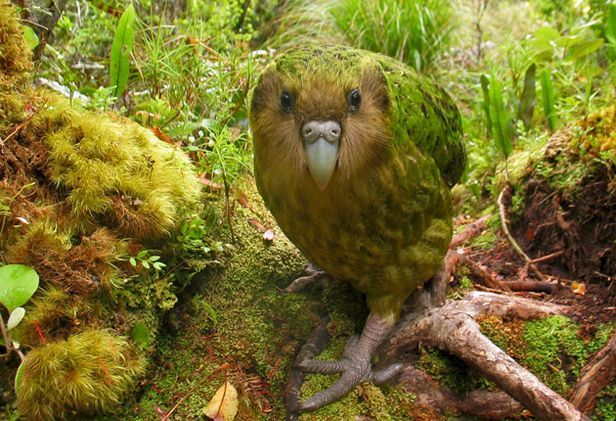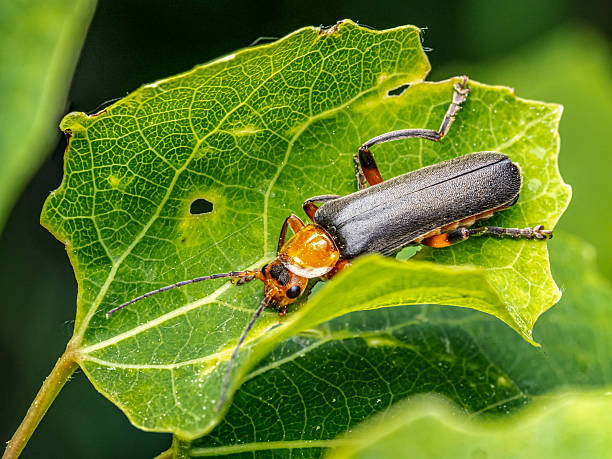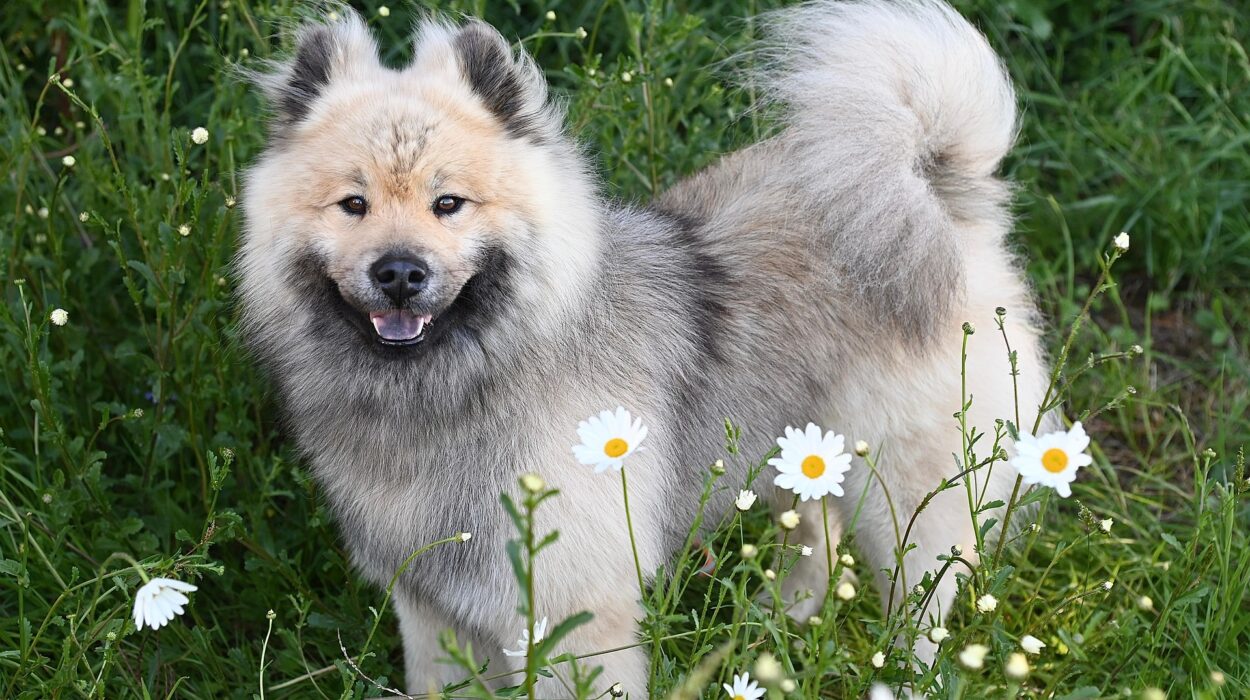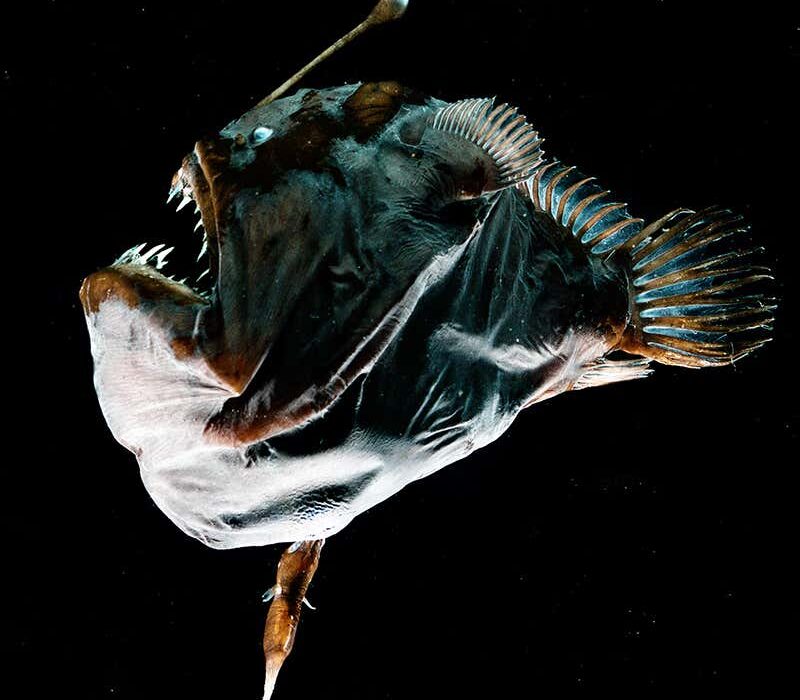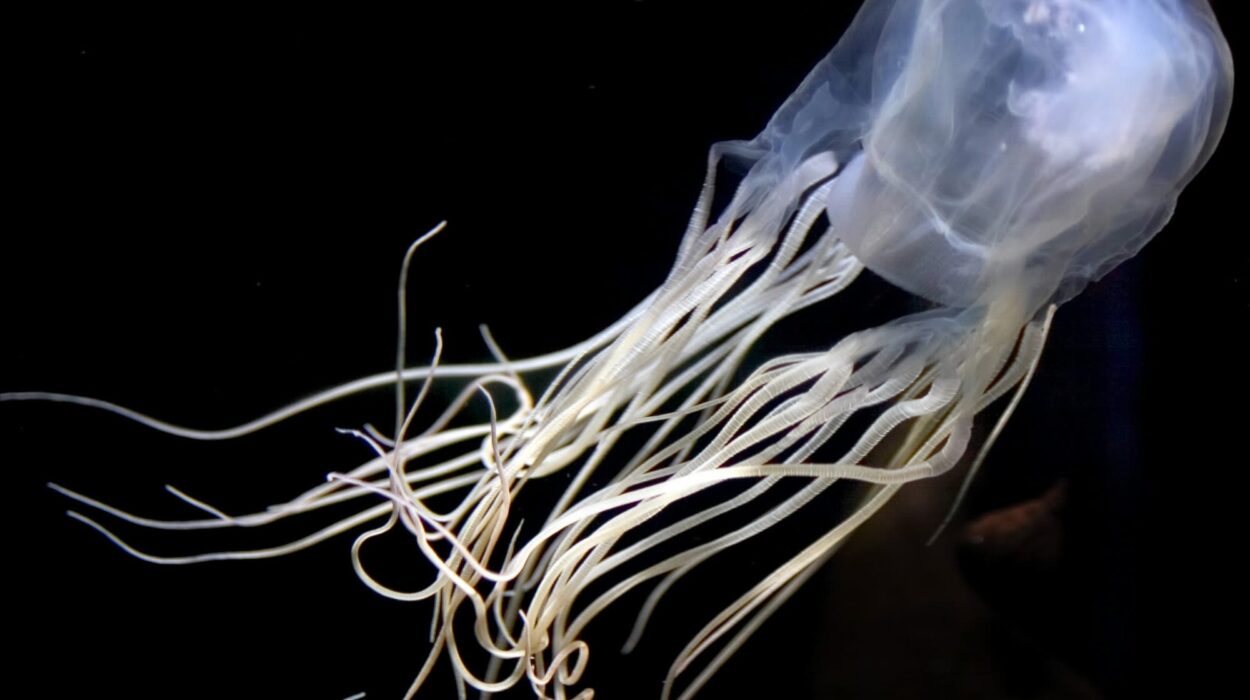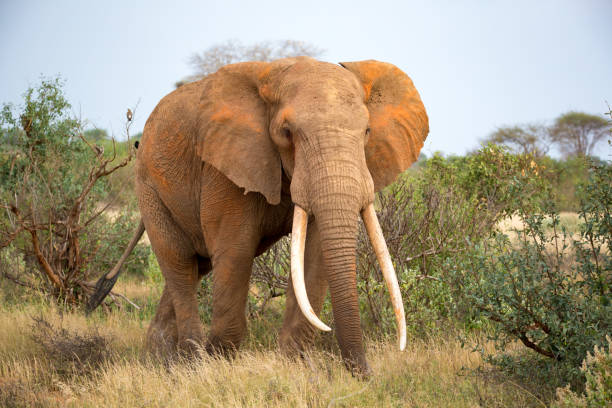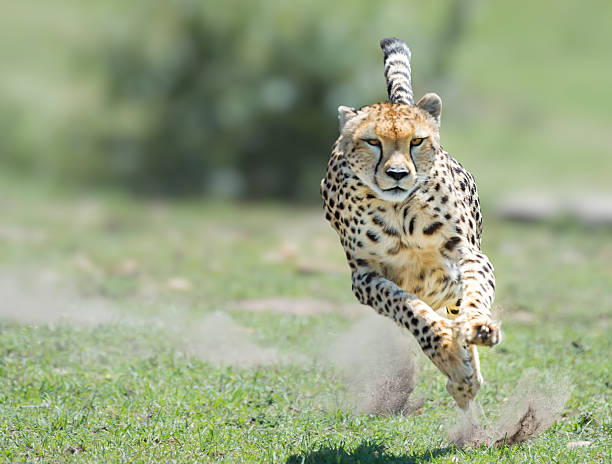There was a time when the world’s skies were alive with the symphony of wings — from the chatter of parrots in tropical forests to the calls of cranes echoing over misty wetlands. But today, silence is spreading. Across continents, the songs of birds are fading, one by one. Each vanished species takes with it not just a voice, but an entire story of evolution, ecology, and life itself.
Birds have always been our closest connection to the wild. They fly where we cannot, travel between worlds — air, land, and sea — and remind us of both freedom and fragility. Yet, human activity has pushed many to the brink: deforestation, pollution, climate change, and the illegal wildlife trade have made their continued existence uncertain.
What follows are twelve of the world’s most endangered birds — symbols of beauty, resilience, and the urgent need for protection. Their survival depends not just on conservationists, but on all of us who believe that the Earth’s melody should never fall silent.
1. Kakapo (Strigops habroptilus) – The Night Parrot of New Zealand
The Kakapo is unlike any bird on Earth. This plump, moss-green parrot doesn’t fly. Instead, it waddles and climbs, a charming relic from a time before mammals ruled New Zealand’s forests. Known as the “owl parrot” for its nocturnal habits and round, expressive face, the Kakapo is both endearing and tragic.
Once abundant across the islands, the Kakapo was nearly driven to extinction by habitat destruction and the introduction of predators such as cats, rats, and stoats. By the 1990s, fewer than 50 individuals remained.
But hope was not lost. The Kakapo Recovery Programme, one of the most intensive conservation efforts in the world, relocated the surviving birds to predator-free islands. There, scientists monitor every Kakapo — each bird has a name, a personality, and a dedicated human guardian.
Today, the population has slowly climbed to over 200 individuals. The journey is far from over, but the Kakapo stands as a beacon of resilience — proof that with care, even the rarest voices can rise again from the edge of silence.
2. California Condor (Gymnogyps californianus) – The Giant of the Western Skies
With a wingspan stretching nearly three meters, the California Condor is North America’s largest flying bird — a majestic scavenger that once ruled the skies from Canada to Mexico. Yet by the 1980s, the condor had vanished from the wild.
Poisoning from lead ammunition, habitat loss, and poaching had reduced their numbers to a heartbreaking 27 individuals. Faced with extinction, conservationists made a bold move: they captured every remaining condor and began an ambitious captive breeding program.
The decision was controversial, but it worked. Through careful management, the population began to grow. Today, over 500 condors soar once again over California, Arizona, Utah, and Baja California — nearly half of them wild.
Each condor is tagged and tracked; every chick is celebrated. The sight of a condor gliding over the Grand Canyon today isn’t just awe-inspiring — it’s a living testament to human dedication and the possibility of redemption.
3. Philippine Eagle (Pithecophaga jefferyi) – The King of the Philippine Forests
Deep in the rainforests of the Philippines lives one of the world’s most magnificent raptors — the Philippine Eagle, also called the “Monkey-eating Eagle.” With a shaggy crest and fierce golden eyes, this bird is both regal and formidable, a symbol of power and mystery.
The Philippine Eagle is among the largest and rarest eagles in the world. But its kingdom is shrinking. Logging, mining, and agriculture have devoured much of its forest home, leaving fewer than 400 breeding pairs in the wild.
Each eagle requires vast hunting grounds, and when the forest falls, so does its chance of survival. Conservation groups, local communities, and government agencies now work together to protect remaining habitats and rescue injured eagles. Captive breeding programs have seen some success, but the species remains critically endangered.
The Philippine Eagle is more than a bird — it’s a guardian of its ecosystem. Its survival ensures the survival of countless other species that share its forest home. To save it is to save a piece of the Philippines’ soul.
4. Forest Owlet (Athene blewitti) – The Bird That Returned from Extinction
For more than a century, the Forest Owlet was considered extinct. Described in 1873 and then lost to science, it became one of ornithology’s great mysteries — a ghost haunting India’s dry forests.
Then, in 1997, a miracle occurred. Researchers rediscovered the Forest Owlet in central India, alive and quietly surviving against all odds.
This small, round-headed owl with bright yellow eyes now symbolizes both the fragility and tenacity of life. However, it remains critically endangered, with fewer than 1,000 individuals left. Logging, agriculture, and urbanization continue to destroy its limited habitat.
Conservationists are now racing to protect the remaining forests and monitor populations, hoping that the bird that came back from extinction won’t vanish again. The Forest Owlet reminds us that even in the darkest corners of extinction, hope sometimes takes wing.
5. Northern Bald Ibis (Geronticus eremita) – The Ancient Wanderer
Once revered by ancient Egyptians as a symbol of the afterlife, the Northern Bald Ibis is a bird of deep history and haunting beauty. With its bald head, curved red bill, and iridescent feathers, it looks like something from another era — and in many ways, it is.
Once common across North Africa, the Middle East, and Europe, this species declined due to hunting, pesticide use, and habitat loss. By the 1990s, it was almost extinct in the wild.
Today, small colonies survive in Morocco, Turkey, and Syria thanks to international cooperation and reintroduction programs. In Europe, dedicated conservationists have even trained young ibises to migrate using ultralight aircraft, guiding them to safe wintering grounds — a breathtaking act of devotion.
The Northern Bald Ibis teaches us that survival sometimes depends on faith as much as science — a partnership between human ingenuity and the wild spirit of life.
6. Spix’s Macaw (Cyanopsitta spixii) – The Lost Blue of the Amazon
You may recognize the Spix’s Macaw as the inspiration for the animated film Rio — a vivid symbol of love and loss. But behind the movie lies a heartbreaking truth: the Spix’s Macaw vanished from the wild in 2000.
Native to a small region in Brazil, this brilliant blue parrot was driven to extinction by deforestation and the illegal pet trade. Only a few dozen individuals survived in captivity.
Yet hope has returned. Through international breeding programs and reintroduction efforts, dozens of macaws have been released back into the wild since 2020. It’s a fragile beginning, but for the first time in decades, the Spix’s Macaw’s radiant blue wings once again grace Brazil’s skies.
The story of the Spix’s Macaw reminds us that even when we fail, nature can forgive — if we choose to help her heal.
7. Kakī (Himantopus novaezelandiae) – The Black Stilt of New Zealand
New Zealand, land of unique species, is also a land of fragile survival stories. The Kakī, or Black Stilt, is one of them. This elegant wading bird, with its long pink legs and jet-black plumage, once thrived in the wetlands of South Island.
By the 1980s, only a handful remained. Habitat loss, introduced predators, and hybridization with the more common Pied Stilt nearly erased it from existence.
Conservationists refused to give up. They established captive breeding programs, restored wetlands, and removed predators. Slowly, the Kakī population began to rise. Today, around 170 adult birds live in the wild — a small number, but a vast improvement from near-zero.
Each Kakī chick born represents a victory against extinction — a reminder that determination and science can bring a species back from the edge.
8. Bali Myna (Leucopsar rothschildi) – The White Jewel of Indonesia
Few birds are as striking as the Bali Myna. With snow-white feathers, a crest like a crown, and a patch of sapphire-blue skin around its eyes, it looks like a creature from a dream. But dreams can vanish quickly.
Native only to the island of Bali, this bird’s beauty became its curse. Captured relentlessly for the pet trade, its population plummeted to fewer than ten individuals in the wild by the early 2000s.
Conservationists and the Indonesian government intervened, launching breeding and release programs. Today, thanks to protected sanctuaries and local education, a few hundred Bali Mynas now live both in captivity and in the wild.
It’s a fragile comeback, but one filled with hope. The Bali Myna’s return shows what’s possible when communities, scientists, and governments unite to protect their natural heritage.
9. Siberian Crane (Leucogeranus leucogeranus) – The Spirit of the Wetlands
The Siberian Crane, known for its graceful white plumage and haunting calls, migrates thousands of miles between Siberia and China each year. Its journey is one of the longest migrations of any bird — a celestial path that crosses borders and generations.
But its wetlands are vanishing. Pollution, dam construction, and hunting have devastated the habitats this species depends on. Once widespread across Eurasia, only about 3,500 individuals remain, most of them in eastern Russia and China.
Conservation organizations have worked tirelessly to restore wetlands, protect migratory corridors, and raise awareness. In China’s Poyang Lake, the last great refuge for the species, conservationists monitor populations and engage local communities in protecting these ethereal travelers.
The Siberian Crane is a living symbol of peace and persistence — a creature that connects nations through its annual journey. Protecting it is not just an act of conservation, but an act of unity across the borders it traverses.
10. Blue-Throated Macaw (Ara glaucogularis) – The Jewel of Bolivia
Hidden deep within Bolivia’s savannas lives the Blue-Throated Macaw — a dazzling burst of turquoise and gold. Once thought extinct, it was rediscovered in the 1990s, surviving in isolated pockets of forest.
Its population, however, remains dangerously low — fewer than 500 individuals. Deforestation, illegal trade, and competition for nesting sites with other species have pushed it to the brink.
Local and international efforts are now focused on protecting its habitat, creating artificial nest boxes, and educating nearby communities. In recent years, chicks have successfully hatched in the wild thanks to these programs, bringing a flicker of hope to this spectacular species.
The Blue-Throated Macaw embodies both the fragility and resilience of life. Its survival depends on a delicate balance between human activity and nature’s will to endure.
11. Hooded Grebe (Podiceps gallardoi) – The Dancer of Patagonia
In the icy lakes of Patagonia, the Hooded Grebe performs one of nature’s most beautiful courtship dances — a synchronized ballet of rippling water and spreading wings. Yet, this exquisite performance may soon disappear forever.
Discovered only in 1974, the Hooded Grebe’s population has since plummeted due to invasive predators, climate change, and habitat loss. Today, fewer than 800 individuals remain.
Conservationists in Argentina are fighting to protect its nesting lakes, removing invasive species like the American mink and promoting ecotourism as an alternative to destructive development.
The Hooded Grebe’s dance is a symbol of love and survival — a reminder that even in the coldest corners of the Earth, life moves with grace and determination.
12. New Caledonian Crow (Corvus moneduloides) – The Genius at Risk
The New Caledonian Crow is not just a bird — it’s a toolmaker, an innovator, a mind that bends the boundaries of what we think animals can do. Native to the forests of New Caledonia, these crows craft hooks and tools from twigs and leaves to extract insects — a level of problem-solving that rivals early humans.
Yet, their brilliance cannot protect them from deforestation and habitat degradation. Logging and mining threaten the very forests that nurture their genius.
Scientists are working closely with local communities to conserve these unique birds, whose behavior offers insights into the evolution of intelligence itself.
If the New Caledonian Crow were to vanish, we would lose not just a species, but a glimpse of nature’s cognitive potential — a reminder that intelligence blooms in many forms across Earth.
The Fragile Balance of Life
Each of these twelve birds tells a story — of beauty and danger, loss and hope. They are more than creatures of feather and flight; they are messengers of the planet’s health. When they suffer, it is a reflection of our own actions — of forests burned, rivers poisoned, and skies darkened.
But their survival also tells us something deeper: that nature is forgiving, that redemption is possible, and that every act of care matters.
To protect these birds is to protect the future — of ecosystems, of humanity, and of the delicate harmony that keeps our world alive.
A Call to the Heart
Look up at the sky. Every bird you see is a miracle, every song a heartbeat of the Earth. But countless songs are being silenced. The choice before us is simple: to watch the silence spread, or to help restore the music.
By supporting conservation, reducing pollution, protecting habitats, and spreading awareness, we can give these endangered birds — and our planet — a chance to thrive again.
Because when a bird takes flight, it carries more than wings — it carries the memory of what we still have the power to save.
